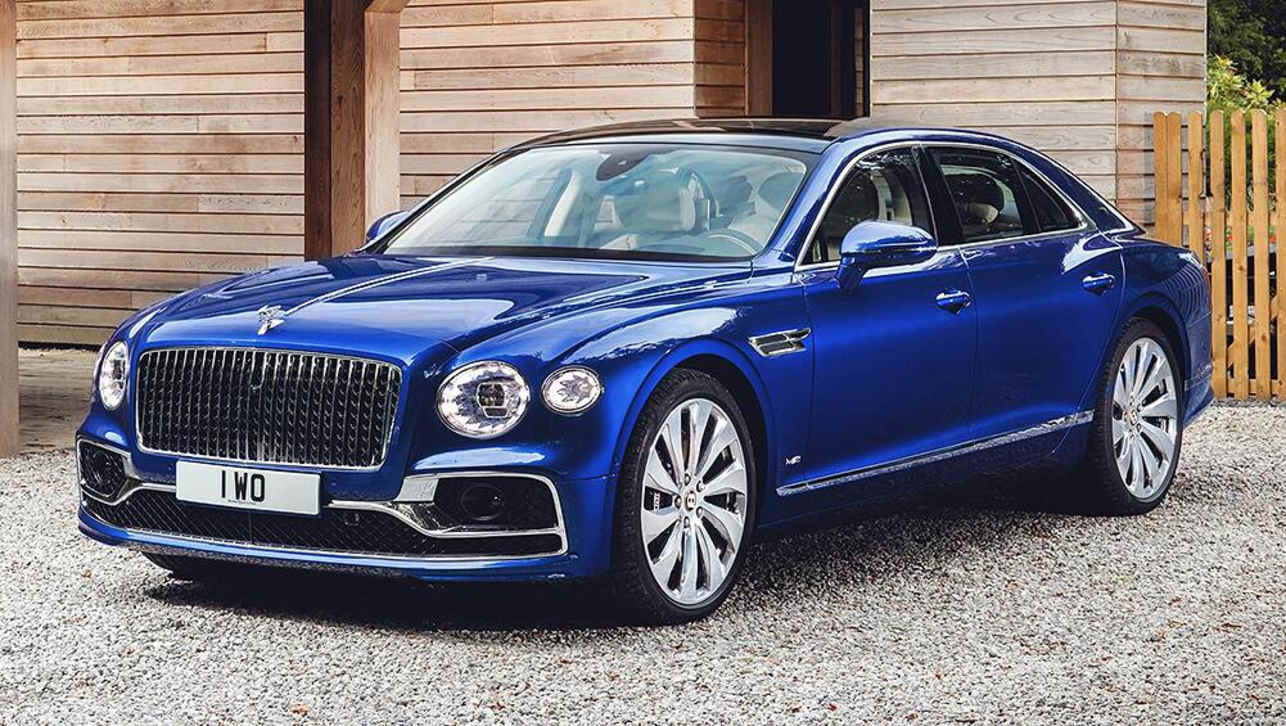For close to 75 years as a road car manufacturer, Ferrari’s brand has been built on racing success and its mighty engines. Variously V6, V8 and most significantly, glorious 12-cylinder engines, sometimes horizontally-opposed but most famously, arranged in a vee.
V12s developed through the 1940s, '50s, and '60s, by engineering giants like Aurelio Lampredi, Gioacchino Colombo and Vittorio Jano that solidified the brand’s reputation for stunning performance.
After all, two of Enzo Ferrari’s most famous quotes come from his close to single-minded focus on engine power - “Aerodynamics are for people who can't build engines” and “I build engines and attach wheels to them”.
However, in mid-2022 the company announced that it will build its first electric sports car by 2025, at the same time confirming 40 per cent of all production will be pure EVs, and 80 per cent electrified, by 2030.
So, how will The Prancing Horse approach the challenge of selling the proposition of an electric Ferrari?

The President of Ferrari Australasia, Jan Hendrik Voss, told CarsGuide, “We're working on unique solutions to deliver a Ferrari driving sensation while driving an electric Ferrari.”
“We have already patented technology for the sound the engine makes - the original sound - and how to use that to deliver the sensation of driving a Ferrari, even in the electric Ferrari.”
Having overseen, first marketing, then Ferrari sales in North-, Central- and South America, before his 2020 appointment as head of the brand’s Australian and New Zealand operations, Mr Voss has a clear understanding of his customers’ expectations.

“I think people expect something unique. They expect Ferrari to beat whatever their expectations are because it’s difficult with an electric vehicle.
“You can’t ignore the physiological and physical challenges of delivering a Ferrari driving sensation in an electric vehicle but we are confident we have solutions that address many of the concerns people may have. [They] are going to be excited about the product once it hits the market,” he said.
Of course, Ferrari has already moved some way towards its 2030 ‘electrified’ goal with the current 296 GTB and GTS powered by a twin-turbo 3.0-litre V6 engine coupled with a single plug-in hybrid (PHEV) electric motor, for a combined output of 610kW/740Nm.

And the SF90 (Stradale and Spider) was the first PHEV Ferrari, combining a twin-turbo 4.0-litre V8 with three electric motors (two on the front axle, one between the engine and gearbox) for a combined output of 735kW/800Nm.
Then the Roma is powered by a 3.9-litre turbo V8 and the Portofino by a naturally aspirated 4.3-litre V8, with a 6.5-litre naturally aspirated V12 offered in the Purosangue SUV and front-engine 812 GTS.
Which reinforces Mr Voss’ belief that, “The most important thing is customers will have a choice. We’ll deliver the best product and people can have their choice on drivetrain,” he said.








.jpg)
.jpg)
.jpg)

.jpg)
.jpg)
.jpg)

.jpg)
.jpg)

.jpg)

.jpg)
.jpg)






Comments